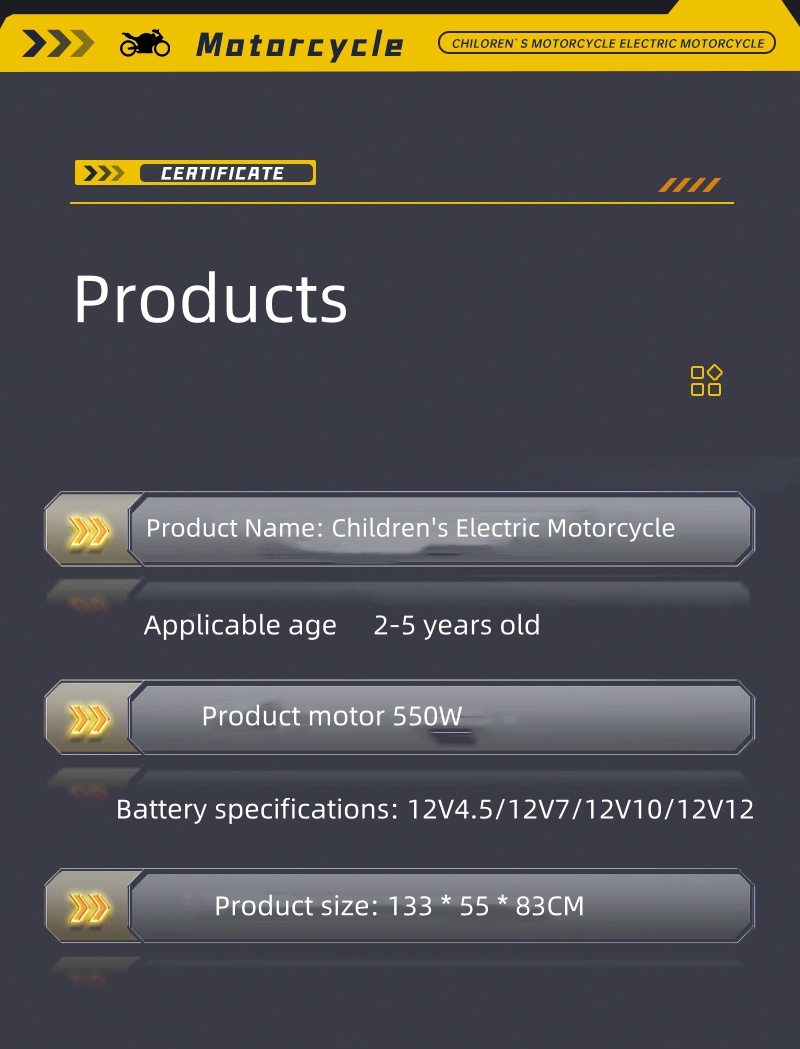what age can a kid ride on a motorcycle
What Age Can a Kid Ride on a Motorcycle?
Motorcycles offer thrilling experiences, wind in your hair, and the freedom of the open road. As exciting as this sounds, it also raises a critical question for parents at what age can a kid ride a motorcycle? Understanding the legal standards, safety considerations, and maturity levels required to ride safely is essential for parents contemplating this adventure.
Legal Age Requirements
The legal age for riding a motorcycle varies significantly depending on the country and even within states or provinces. Many places require riders to be at least 16 years old to obtain a motorcycle license, but this is often for full-sized motorcycles. For smaller, lower-powered bikes or scooters, some regions may allow children as young as 14 to ride with certain restrictions, such as requiring a learner’s permit and adult supervision.
In the United States, many states have a minimum age of 15 or 16 for motorcycle riding, coupled with the requirement of completing a motorcycle safety course
. It’s crucial for parents to check specific regulations in their area to ensure compliance with the law and provide a safe riding environment for their children.Safety Considerations
Age isn’t the only factor to consider; safety is paramount when it comes to children and motorcycles. The Younger a child is, the more vulnerable they are to the dangers associated with motorcycle riding. A motorcycle does not provide the same level of protection as a car, and the risks of injury can be significant without proper safety measures in place.
Children should always wear appropriate safety gear, including a DOT-approved helmet, gloves, long pants, sturdy shoes, and protective jackets. Research shows that wearing protective gear can significantly reduce injuries in the event of an accident. Also, parents should assess the child’s size and maturity level before allowing them to ride a motorcycle. Motorcycling requires physical coordination and mental acuity, which some children may not possess at a young age.
what age can a kid ride on a motorcycle

Evaluating Maturity and Skill Level
Maturity is another critical factor in determining whether a child is ready to ride a motorcycle. Riding a motorcycle requires quick thinking, good judgment, and the ability to react appropriately in potentially dangerous situations. Some kids may develop these skills at an earlier age than others, making it essential for parents to evaluate their child’s overall maturity and judgment before introducing them to motorcycle riding.
Before allowing a child to ride, consider having them take a motorcycle safety course designed for young riders. These classes teach fundamental skills and emphasize the importance of safety. A structured course can help children learn not only how to operate a motorcycle but also how to be aware of their surroundings, anticipate other drivers' behaviors, and take responsibility for their safety.
Starting with Smaller Motorcycles
For younger kids who show interest in motorcycles or dirt biking, consider starting them on smaller, less powerful motorcycles or off-road bikes. These bikes are designed for younger or novice riders and can help them gain confidence and skills without the intimidating speed or power of larger motorcycles. Training wheels or their equivalents can also provide a way for young riders to learn balance and handling in a controlled environment.
Conclusion
Ultimately, the decision about when a child can safely ride a motorcycle should involve a combination of legal standards, safety measures, personal judgment, and the child’s readiness. As thrilling as it may be to hop on a motorcycle, safety and responsibility should always come first. By fostering the right skills, providing adequate safety gear, and ensuring a supportive and supervised environment, parents can help cultivate a safe and enjoyable experience for their young riders. Riding can be a fun and exhilarating experience, as long as the journey is approached with caution and care.
-
Children's Tricycle: Enlarged Seat, Sunshade & Safety Push BarNewsAug.31,2025
-
Sports Kids Bike: High Carbon Steel Argon Arc Welded Frame | Beautiful GiftNewsAug.30,2025
-
Ultimate 24V Children's Car: Power, Fun & Safety for KidsNewsAug.29,2025
-
Children's Electric Car Ride Ons: 2-Seater, Bumper & Audi ModelsNewsAug.28,2025
-
Understanding Voltage in Battery for Children's Motorized CarNewsJun.05,2025
-
Safety Features to Look for in an Electric Car for KidsNewsJun.05,2025
